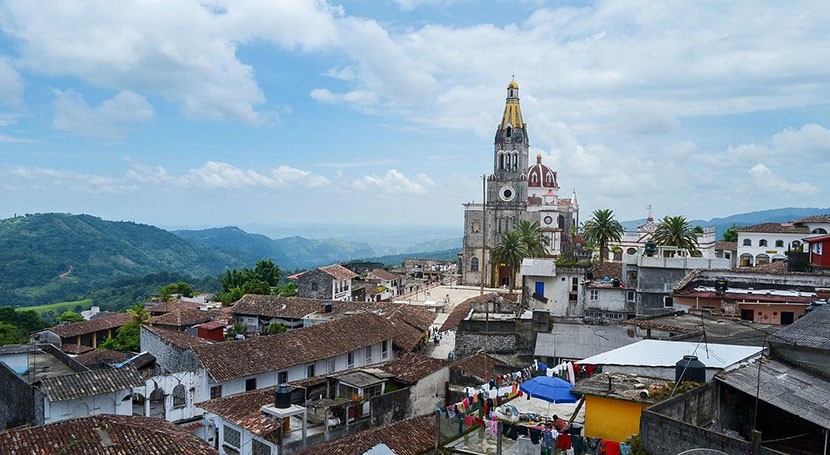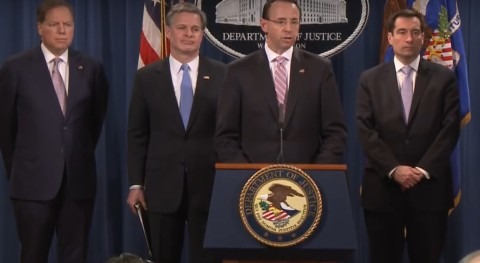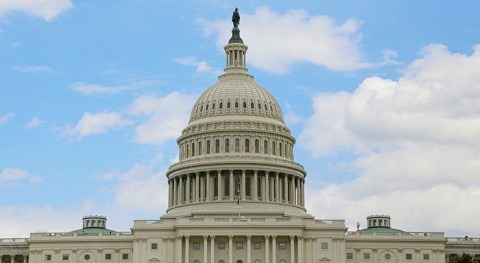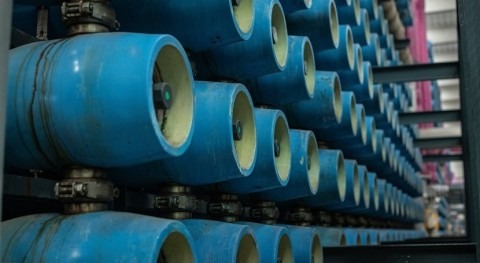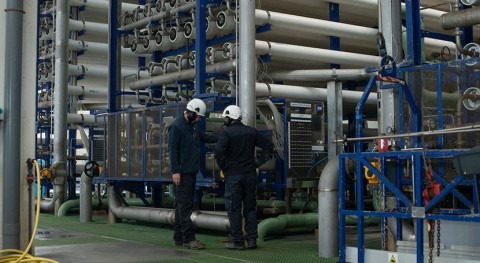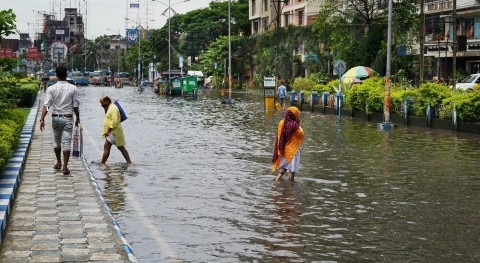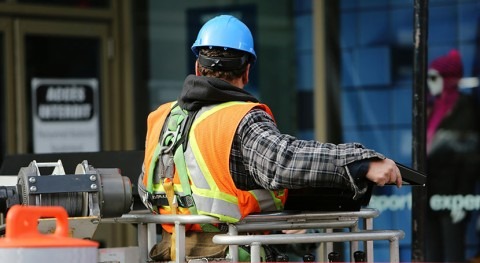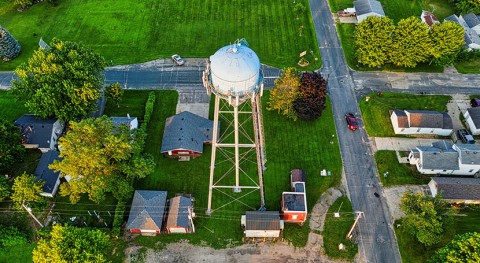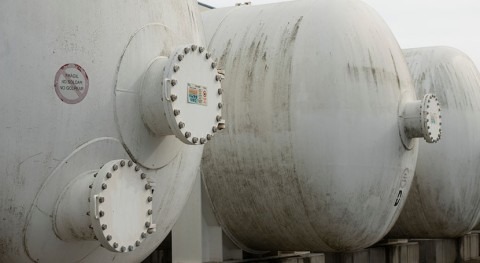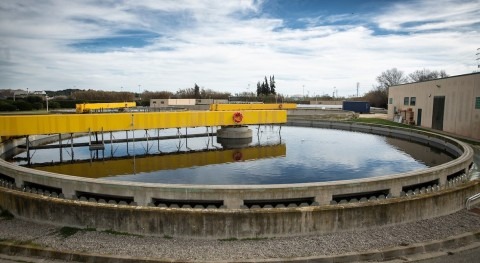Most of northern Mexico is arid or semi-arid, but this summer exceptionally dry conditions led to persistent water shortages. Earlier this summer Mexico declared a drought emergency to implement measures to guarantee the water supply in areas experiencing drought conditions.
An article in Mongabay explores the situation, with a close look at the north-eastern state of Nuevo Leon and its capital city of Monterrey, where authorities had to implement water restrictions last June.
While lack of rainfall led to the most recent water crisis, poor management of water resources and lack of planning to ensure climate change readiness have played a role to get to the current water shortages.
The forests in the area around Monterrey, particularly in the Cumbres National Park, which captures and filters much of the water used by the metropolitan area, are threatened by deforestation and degradation. Meanwhile, water demand in the region has risen in recent decades because of a growing population, and more intense industrial and agricultural activity.
Experts are calling for more sustainable water management practices, including water conservation measures. “We should really change water management not only in terms of climate change and what may result from it, but also in terms of water demands. Our population has grown. Water demands grow. So things should change”, Victor Magaña-Rueda, a climatologist at the National Autonomous University of Mexico, told The Washington Post.
Climate projections point to warmer and drier conditions in the region in the future. This past summer, water levels in the three dams that supply the city of Monterrey dropped to dangerously low levels, while groundwater in the region was also hitting record lows.
Last May, the state’s government announced a $1.2 billion plan for water management to address short and long-term needs. Short-term actions include more maintenance to address leaks, while more wells and expansion of aqueduct systems are envisioned in the longer term.
But experts point to the need to diversify sources, as relying only on surface and groundwater will not be enough in a warming world. In addition, policies to ensure fair water distribution are also needed. This summer’s drought affected disproportionally people in poorer neighbourhoods, while soda and beet companies continued to withdraw water.
President López Obrador acknowledged that too many companies were given water concessions in the past in water scarce areas, and asked for better planning in the future, at the same time as he hoped for rain. Heavy rain did come in early September and has helped replenish local reservoirs, helping avert the water crisis. Now is the time to act, though, as relying on tropical cyclones for rainfall is risky in a changing climate; as Magaña-Rueda said: “The best time to act against drought is when there is no drought”, adding “that is what adaptation is all about”.


